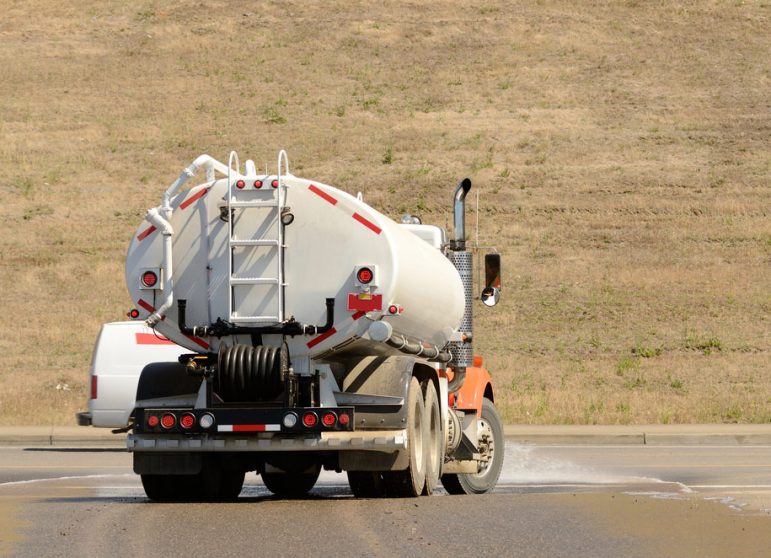Land in this region can change fast when wind or heavy rain moves across open areas. Soil shifts, small gaps turn wider, and exposed ground becomes weak within a short time. Many property owners look for steady guidance during these moments, which is why erosion control northern territory feels important for anyone who wants their land to stay stable and safe.
What Causes Soil Loss In Harsh Local Conditions
The Northern Territory has long dry seasons followed by sudden rain that hits the ground with force. When soil stays dry for too long, it becomes loose and light. The first rain pulls it away, carrying small pieces downhill. Areas near roads, new construction sites and open fields face this most often.
How Specialists Apply Techniques To Strengthen Ground Stability
Teams that work with erosion problems follow a simple but steady plan. They start by studying the ground, checking where the water flows and finding sections that break easily. After that, they choose the right method to protect the surface.
They may apply mulch or grass cover to hold the soil together. Some areas need thicker layers made from soil mixtures that bind strongly. Other places benefit from spraying methods that create a protective coat. This cover helps the land stay firm even when sudden rain hits it.
Products Commonly Used For Protecting Exposed Land
A few practical products make the work faster and safer. These include natural mulch, soil binders, protective mats and strong sprays used on large open areas. Each item serves a different purpose and suits a different type of land.
Here are common products used across the region
- Mulch made from organic materials
- Dense ground covers for long term strength
- Liquid binders that hold dry soil together
- Protective mats for sloped areas
- Special sprays that help seeds settle and grow
These items help protect the ground until grasses and plants take root and form a natural cover.

Steps Involved In Restoring Damaged Areas Safely
Restoring land is not only about covering the surface. Professionals follow steps that build long term strength. They remove loose soil, prepare the base and create proper water paths. This prevents water from rushing through one spot and making deeper cuts.
After preparing the area, they apply the chosen material with even spread. If seeds are included, they gently water the land so the seeds settle properly. Over the next few weeks, the team checks the progress and adds more cover where needed.
This steady approach helps the land regain balance and reduces the chance of repeated damage.
Why Regional Knowledge Matters For Erosion Projects
Lands are different from other parts of the country. The heat, long dry spells and sudden storms create unique challenges. Local specialists understand these patterns well. They know which soil types react quickly and which plants survive best in harsh conditions.
They also work with property owners to solve problems that come from local weather patterns. For example, land near open roads needs different care than land inside thick bush areas. Knowing these details makes the work faster and more effective.
Simple FAQ
Can erosion begin even on flat land?
Yes, loose soil on flat areas can move when strong wind or rain hits it.
Is erosion repair costly for small properties?
Smaller spaces often need simple treatments, so the cost stays manageable.
Does erosion harm nearby structures over time?
Yes, if water flows near walls or paths, it can weaken the ground beneath them.
People across the region choose steady protection methods to keep their land from losing strength during the long seasons of harsh weather. With clear planning, strong products and guidance from trained teams, erosion control northern territory helps land stay firm, safe and ready for future use without constant worry.





